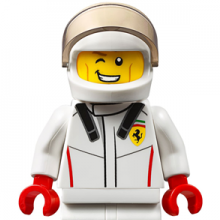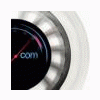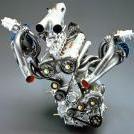BMW iX5 Hydrogen 2022
-
Contenuti simili
-
- 7 risposte
- 324 visite
-
BMW i4 & BMW Serie 4 Gran Coupé 2025
Pubblicato da Beckervdo,
- g26
- bmw serie 4 grancoupe
- (e 8 altri in più)
- 3 risposte
- 261 visite
-
BMW Vision Neue Klasse X Concept 2024 1 2 3 4 6
Pubblicato da __P,
- bmw vision neue klasse x concept
- bmw concept
- (e 6 altri in più)
- 50 risposte
- 5819 visite
-
-
-











.thumb.jpg.46228d717c405acd43b45b79fddce6a4.jpg)












Messaggi Raccomandati:
Crea un account o accedi per lasciare un commento
Devi essere iscritto per commentare e visualizzare le sezioni protette!
Crea un account
Iscriviti nella nostra community. È facile!
Registra un nuovo accountAccedi
Sei già registrato? Accedi qui.
Accedi Ora